
Have you ever considered growing your own fresh produce at home, even without a traditional backyard garden? hydroponic gardening might be the perfect solution for you! This innovative method allows you to grow plants indoors, providing them with all the nutrients they need to thrive. In this ultimate guide to hydroponic gardening, you will learn about the techniques and benefits of growing plants hydroponically indoors. Let’s get started!
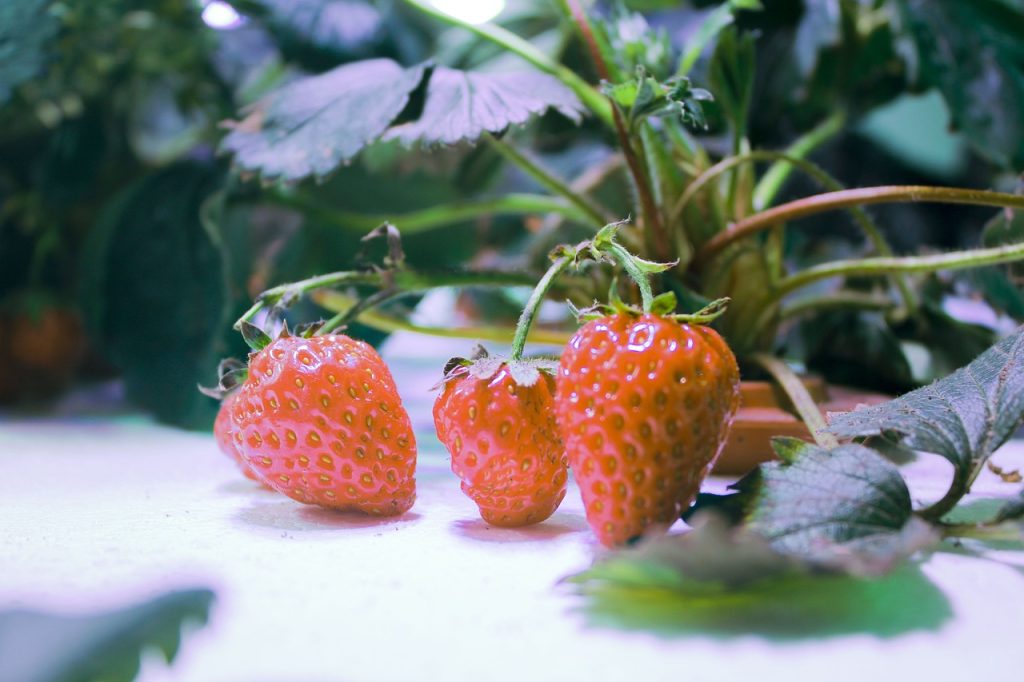
Choosing the Right Hydroponic System
When it comes to hydroponic gardening, selecting the right system is crucial for the success of your indoor garden. There are several types of hydroponic systems available, each with its own advantages and requirements. Consider factors such as space, budget, and the types of plants you want to grow before choosing a system that suits your needs.
Types of Hydroponic Systems
Hydroponic systems can be broadly categorized into six main types: Deep Water Culture (DWC), Nutrient Film Technique (NFT), Ebb and Flow, Wick System, Aeroponics, and Drip System. Each system has its unique way of delivering nutrients to the plant roots and requires different levels of maintenance. Research each system to determine which one aligns best with your gardening goals.
Essential Components of a Hydroponic System
Whether you opt for a simple wick system or a more complex aeroponic setup, all hydroponic systems share some essential components that are necessary for successful plant growth. Understanding and properly maintaining these components is key to a thriving indoor garden.
1. Reservoir
The reservoir is where the nutrient solution is stored and circulated through the hydroponic system. It should be made of a lightproof material to prevent algae growth and have a capacity that matches the size of your system. Ensure the reservoir is properly cleaned and filled with a well-balanced nutrient solution to provide plants with essential nutrients.
2. Growth Medium
The growth medium in a hydroponic system serves as support for the plant roots and helps maintain proper moisture levels. Common growth mediums include rockwool, perlite, vermiculite, and clay pebbles. Choose a medium that promotes good aeration and drainage to prevent root rot and provide adequate oxygen to the roots.
3. Nutrient Solution
The nutrient solution is the lifeblood of a hydroponic system, as it provides plants with essential nutrients for growth. Ensure your solution contains a balanced mix of macro and micronutrients, including nitrogen, phosphorus, potassium, calcium, and magnesium. Monitor the pH and EC levels of the solution regularly to prevent nutrient deficiencies and imbalances.
4. Lighting
Indoor hydroponic gardens require artificial lighting to mimic the sunlight essential for plant photosynthesis. LED grow lights are a popular choice for hydroponic setups, as they are energy-efficient and emit the full spectrum of light needed for plant growth. Position the lights at the correct distance and intensity to ensure optimal light exposure for your plants.
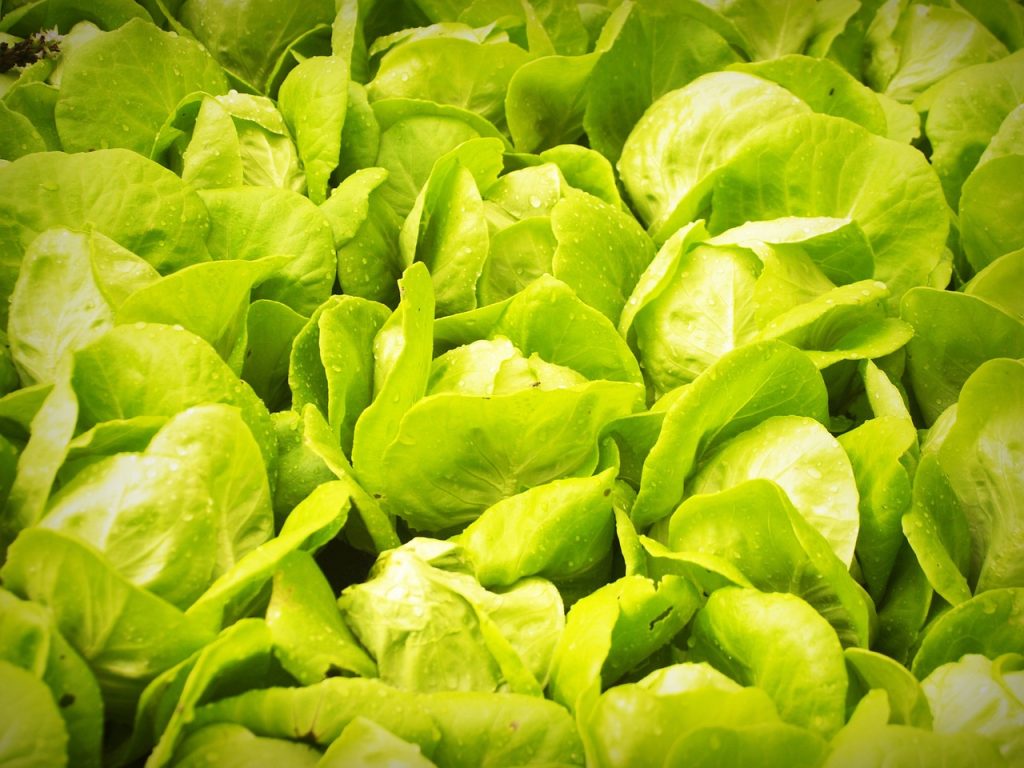
Starting Your Hydroponic Garden
Now that you’ve selected a hydroponic system and gathered all the necessary components, it’s time to start your indoor garden. Follow these steps to set up your hydroponic system and begin growing your favorite plants year-round.
1. Assembly and Setup
Carefully assemble your chosen hydroponic system according to the manufacturer’s instructions. Place the reservoir, grow tray, pump, and lighting in a suitable location with adequate ventilation and access to electricity. Ensure all components are securely connected and sealed to prevent leaks.
2. Preparing the Nutrient Solution
Mix the recommended amount of hydroponic nutrient solution with water in the reservoir, following the instructions provided by the manufacturer. Adjust the pH levels of the solution to the ideal range for your plants, typically between 5.5 and 6.5. Test the solution regularly to maintain optimal nutrient levels for healthy plant growth.
3. Planting
Carefully transplant seedlings or cuttings into the grow medium in your hydroponic system. Ensure the roots are fully covered and supported by the medium to prevent drying out or becoming waterlogged. Monitor plant growth and adjust the nutrient solution as needed to promote healthy development.
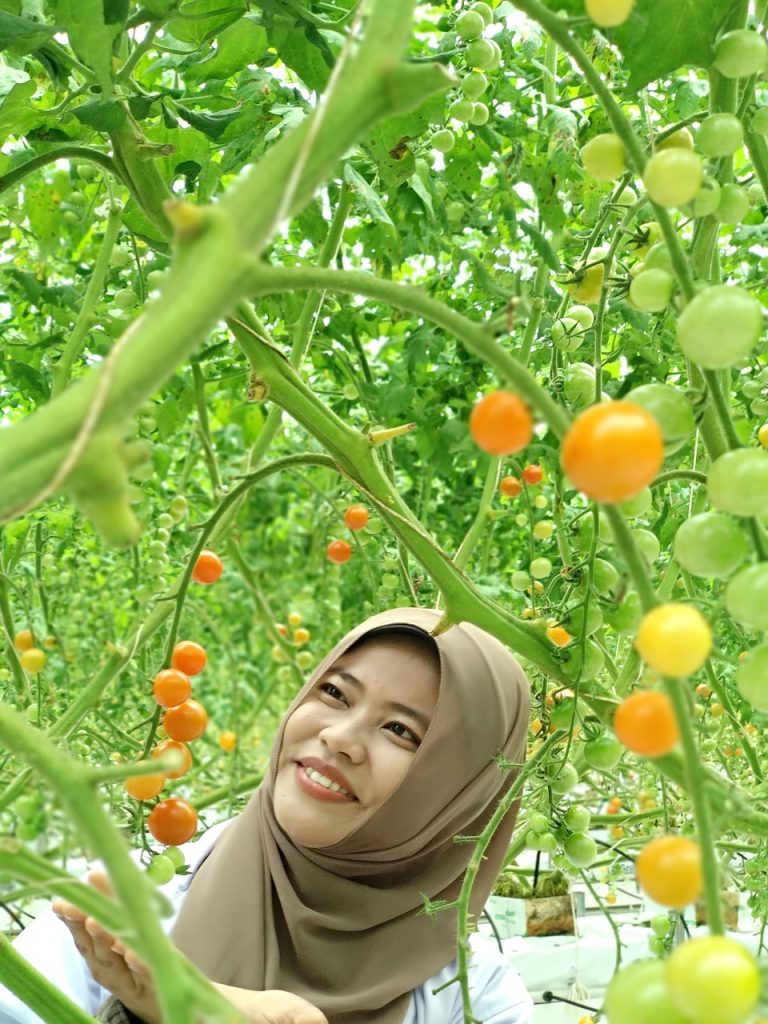
Maintaining Your Hydroponic System
Regular maintenance is essential to ensure the health and productivity of your hydroponic plants. By monitoring and adjusting the key parameters of your system, you can prevent issues such as nutrient deficiencies, pH imbalances, and pest infestations.
1. Monitoring pH and Nutrient Levels
Regularly test the pH and nutrient levels of your hydroponic solution using a digital meter or test kit. Adjust the pH as needed to keep it within the optimal range for plant growth. Monitor nutrient levels to prevent deficiencies and adjust the solution composition accordingly.
2. Checking Water Levels and Temperature
Maintain the proper water level in the reservoir to ensure adequate nutrient uptake by the plants. Monitor the temperature of the nutrient solution to prevent overheating or chilling, as extreme temperatures can stress the plants. Use a thermometer to check the water temperature regularly.
3. Pruning and Harvesting
Regularly prune your plants to remove dead or damaged foliage and encourage new growth. Harvest ripe fruits and vegetables at the peak of ripeness to enjoy the freshest produce from your hydroponic garden. Proper pruning and harvesting techniques will promote plant health and increase crop yields.
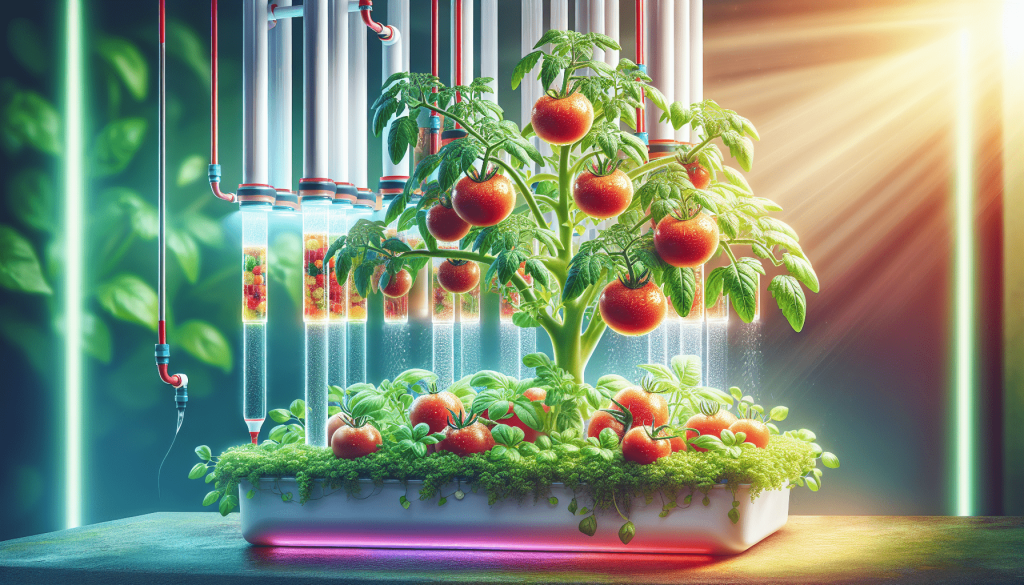
Troubleshooting Common Issues
Despite your best efforts, you may encounter some challenges while growing plants hydroponically indoors. By identifying and addressing these common issues early on, you can prevent damage to your plants and maintain a healthy indoor garden.
1. Root Rot
Root rot is a common problem in hydroponic systems caused by overwatering or poor drainage. To prevent root rot, ensure proper aeration and drainage in the grow medium, and avoid waterlogging the roots. Trim any affected roots and adjust your watering schedule to prevent future occurrences.
2. Nutrient Deficiencies
Nutrient deficiencies can occur when plants do not receive an adequate supply of essential nutrients. Monitor the nutrient solution composition and pH levels regularly to prevent deficiencies. Adjust the nutrient mix as needed to provide plants with a balanced diet and promote healthy growth.
3. Pest Infestations
Pests such as aphids, spider mites, and whiteflies can wreak havoc on your indoor hydroponic garden if left unchecked. Inspect your plants regularly for signs of pests and treat infestations promptly using organic pest control methods. Implement preventive measures such as sticky traps and companion planting to deter pests.
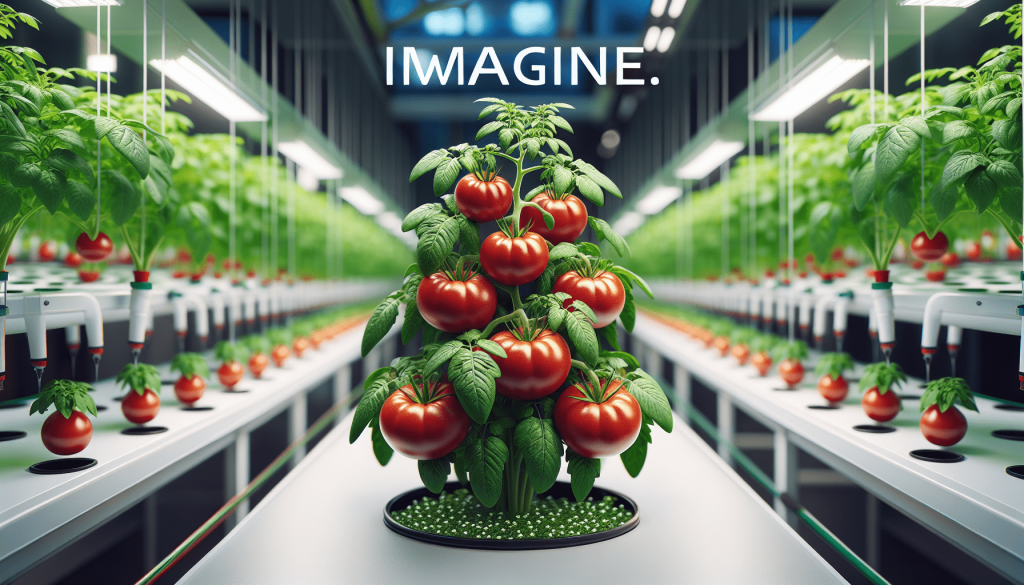
Conclusion
Congratulations on embarking on your hydroponic gardening journey! By following the techniques and tips outlined in this ultimate guide, you can successfully grow a wide variety of plants indoors and enjoy fresh, nutritious produce year-round. Experiment with different hydroponic systems and plant varieties to find what works best for you. Happy gardening!










